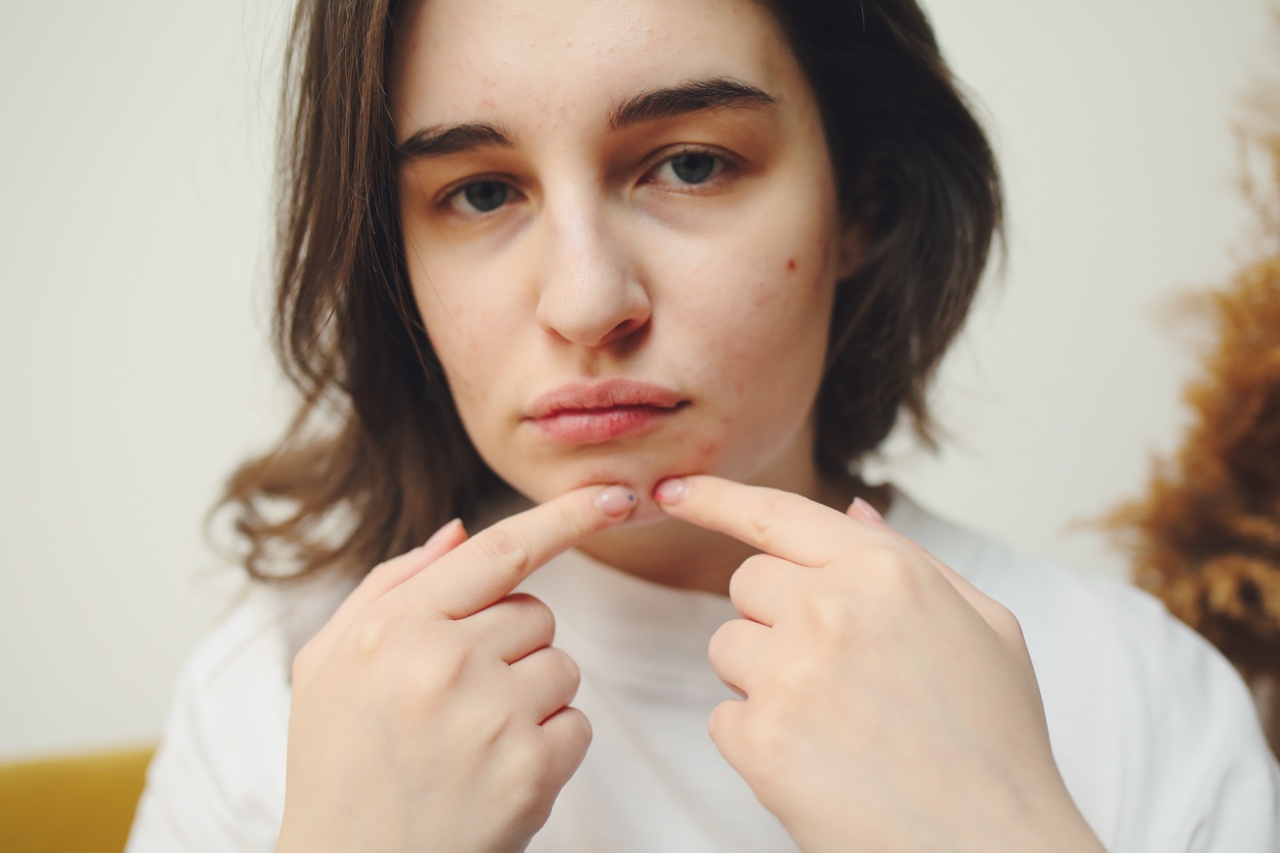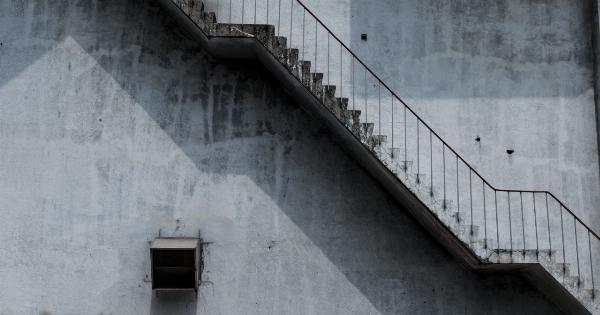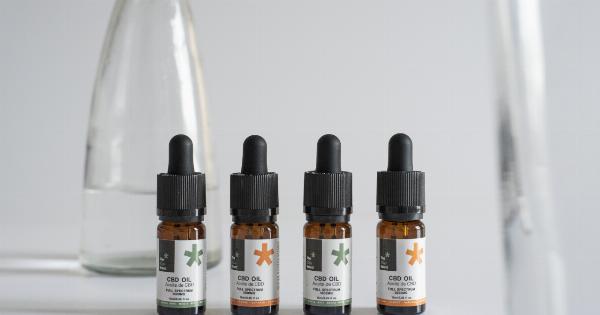Many people find themselves with a pimple that is just too tempting to avoid. They end up popping the pimple without considering the potential consequences. Although it may be difficult to resist the urge, it is essential to let the pimple heal properly.
Here are some steps to take once you have popped a pimple:.
Step 1: Cleanse the Affected Area
After popping a pimple, it is important to cleanse the area thoroughly. You are risking an infection by introducing bacteria to the open wound. Use a mild cleanser or one that includes benzoyl peroxide or salicylic acid to help the healing process.
Do not rub harshly on the skin, or you might end up irritating the affected area.
Step 2: Apply an Antibacterial Ointment
The risk of infection is significant when dealing with open wounds. Therefore, it is wise to apply an antibacterial ointment after cleansing the area. This will help prevent bacteria from entering the wound and further infecting it.
Petroleum jelly could also protect the area while it heals along with some cocamidopropyl betaine as it helps to reduce inflammation.
Step 3: Avoid Picking the Affected Area
It is essential to avoid touching or picking the affected area to prevent infections and scarring. Be patient and let the area heal naturally.
When treating a pimple, it is important to use the right products and methods to prevent new ones from popping up. Touching the affected area will only make it worse.
Step 4: Avoid Makeup on the Affected Area
It is essential to avoid makeup on the affected area, as this may tamper with the healing process. Makeup may fill the open wound and block the flow of air needed for healing. Additionally, using makeup may cause breakouts and prolong the healing process.
Avoid makeup until the pimple has healed completely.
Step 5: Ice the Affected Area
If you are concerned about swelling, icing the affected area could help. Ice reduces inflammation and can also help with pain relief. However, make sure not to apply ice directly to the skin.
Use a clean cloth or towel to wrap the ice before applying it to the affected area. Ten to fifteen minutes is enough to reduce swelling and alleviate discomfort.
Step 6: Apply Tea Tree Oil
Tea tree oil is a natural antiseptic known for its anti-inflammatory properties. Apply tea tree oil to the affected area using a cotton swab or pad to help reduce inflammation and redness.
Tea tree oil can also help prevent scarring by keeping the area moisturized.
Step 7: Avoid Exposure to UV Rays
UV rays can worsen acne and make the affected area darker. It is crucial to avoid exposure to the sun if possible, especially if you have sensitive skin. Also, avoid tanning beds, which can damage the skin and lead to further breakouts.
Step 8: Apply a Spot Treatment
Spot treatments work well on open wounds and can help reduce the healing time. Look for a spot treatment that contains benzoyl peroxide, which can help alleviate inflammation and prevent new breakouts from forming.
Apply the spot treatment once or twice a day, depending on the severity of the acne.
Step 9: Consult a Dermatologist
If the pimple has become infected, swollen, or the area has not entirely healed after treatment, consult a dermatologist. They can help prescribe medications that can help treat the acne and prevent further breakouts.
Additionally, they may recommend other treatments like light therapy to reduce the severity of acne.
Step 10: Practice Good Skin Care Habits
Once the acne has cleared, it is essential to practice good skincare habits to prevent new breakouts from forming. This involves washing your face twice daily, avoiding touching the face, and using non-comedogenic products that do not clog pores.
Use products that contain acne-fighting ingredients like benzoyl peroxide and salicylic acid, or retinoids for preventative care.






























